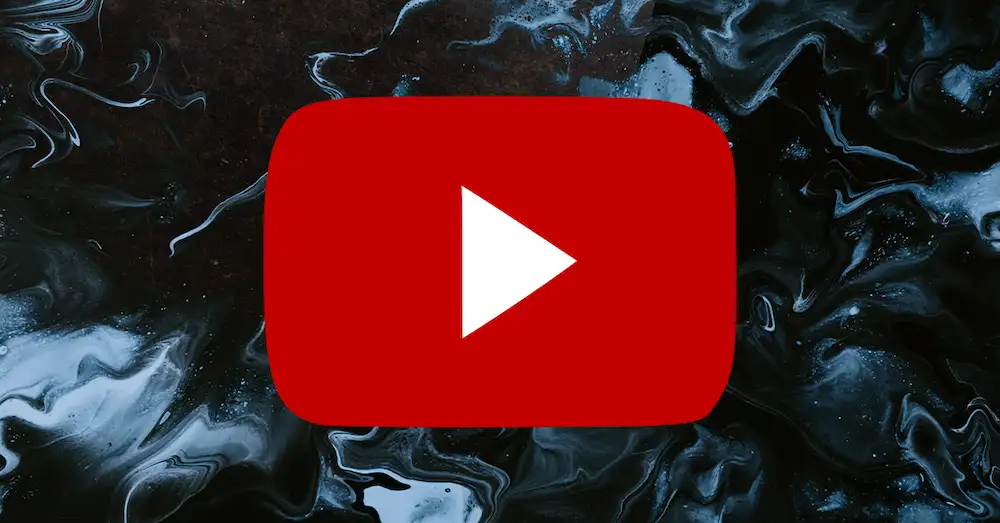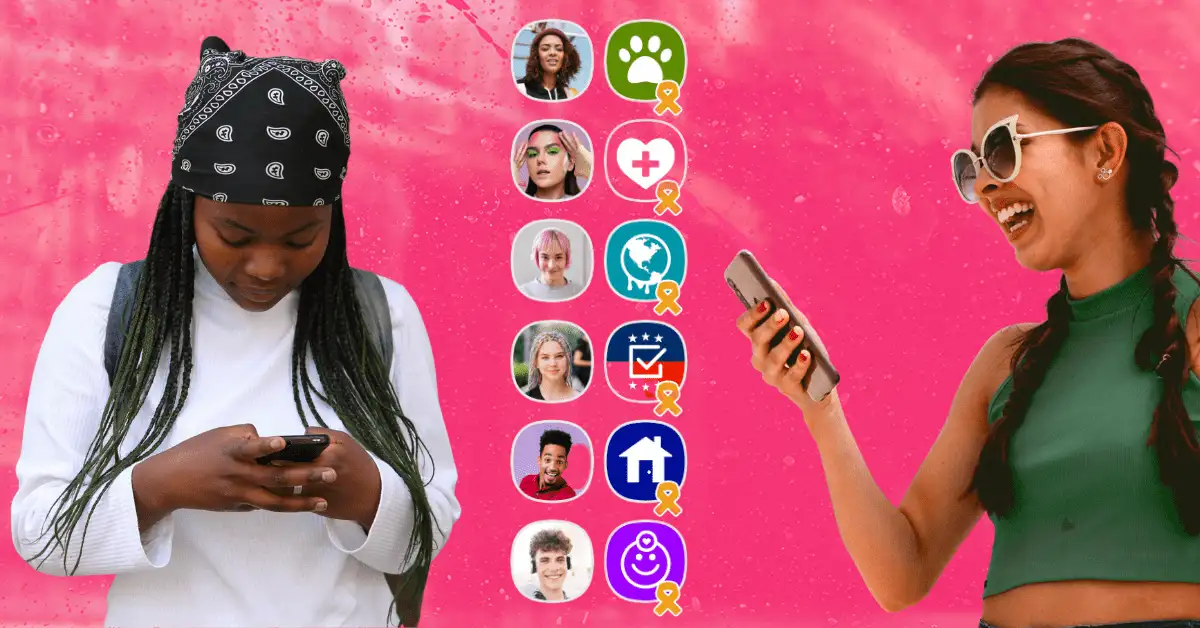Upon launching Threads, Meta said its plan was “to make [it] part of the fediverse.” Now, it’s taken a step forward by allowing verified Threads profile links on platforms like Mastodon.

But quick follow-up Q: What the hell is the fediverse?
I thought the fediverse was short for Star Trek’s United Federation of Planets. Mark thought it was a fan group for Swiss tennis player Roger Federer.
Wrong!
The fediverse — a portmanteau of “federation” and “universe” — is a collection of interoperable social media platforms.
A few examples:
- Mastodon, for microblogging
- Write.as, for blogging
- PeerTube, for videos
- Pixelfed, for images
- Funkwhale, for audio
How are they different from traditional social media?
Fediverse platforms use ActivityPub, a decentralized social networking protocol. A protocol defines how communication systems transfer info — use the same one, speak the same language.
And while traditional companies host all content on their own servers, anyone can set up a fediverse server, AKA an “instance.” Some are more general, like Mastodon’s “social,” but they can also be more specific — e.g., for journalists, New Yorkers, or Roger Federer fans.
Instances can interact with each other on the same platform or across different platforms:
- Say you’re on Mastodon.
- From Mastodon, you can follow your friend on Pixelfed.
- Your friend posts a photo of his casserole on Pixelfed. You see it on Mastodon.
- You comment, “Mmm, delicious!” on Mastodon. He sees it on Pixelfed.
Note: Instances can block each other, and instances and platforms can set ground rules, so it’s not a total free-for-all out there.
Why would I use this?
- You don’t want a Big Tech company, like Meta, to hold all your data.
- You want to use social media to connect with people online in an ad-free, algorithm-free environment — like you used to.
- You hate being locked in: You can ditch any fediverse platform and join another without losing all your friends and content.
But…
… your friends and fave creators may stick to what they know — decentralized stuff can be difficult to parse and makes people think of crypto and NFTs.
Also, it’s hard to monetize sans ads or algorithms, so people who use instances may have to rely on donations to monetize them. If you want to be an influencer, you’re probably better off on TikTok.
Social Networking











